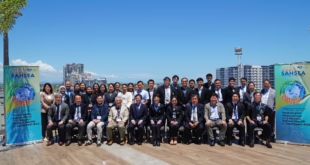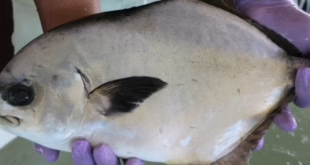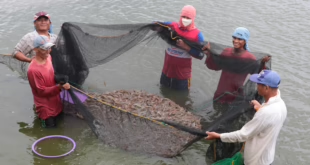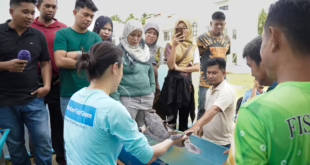
By Development Communication Section
Yes, it does, and efforts made by Japan are probably the best examples in Asia and the Pacific. This was one of the presentations at the IWRESA 2014 or the “International workshop on resource enhancement and sustainable aquaculture” held 5-7 March in Iloilo City. Organized by AQD with funding from the GOJ-Trust Fund, IWRESA was attended by 172 academicians & researchers, government extensionists, the private sector, and representatives from SEAFDEC member-countries and featured 42 oral presentations and 15 poster papers.
Japan targets 80 species for sea ranching and resource enhancement with local governments (or prefectures) playing major roles in implementation. Chum salmon and scallop have the best recovery rate (2-3%) where around 1.7 billion fry were released and 50-70 million salmon returned every year. Japan’s success may be attributed to major advances in stock enhancement technologies (ie. tagging, genetic mapping, numerical modeling techniques); solid policy framework; and risk mitigation protocols.
For other countries in various stages of implementing resource enhancement programs, the best lessons from IWRESA presentations and discussions are probably: (1) on-site hatcheries may work best as these can ensure the use of local breeders for local waters; and (2) improving stock management and human governance to ensure that resource enhancement benefits both communities and the environment.
AQD’s own efforts in resource enhancement prioritize the seahorse Hippocampus, tropical abalone Haliotis, mudcrab Scylla, and sandfish Holothuria. Release strategies are still being studied.

 SEAFDEC/AQD Southeast Asian Fisheries Development Center | Aquaculture Department
SEAFDEC/AQD Southeast Asian Fisheries Development Center | Aquaculture Department



